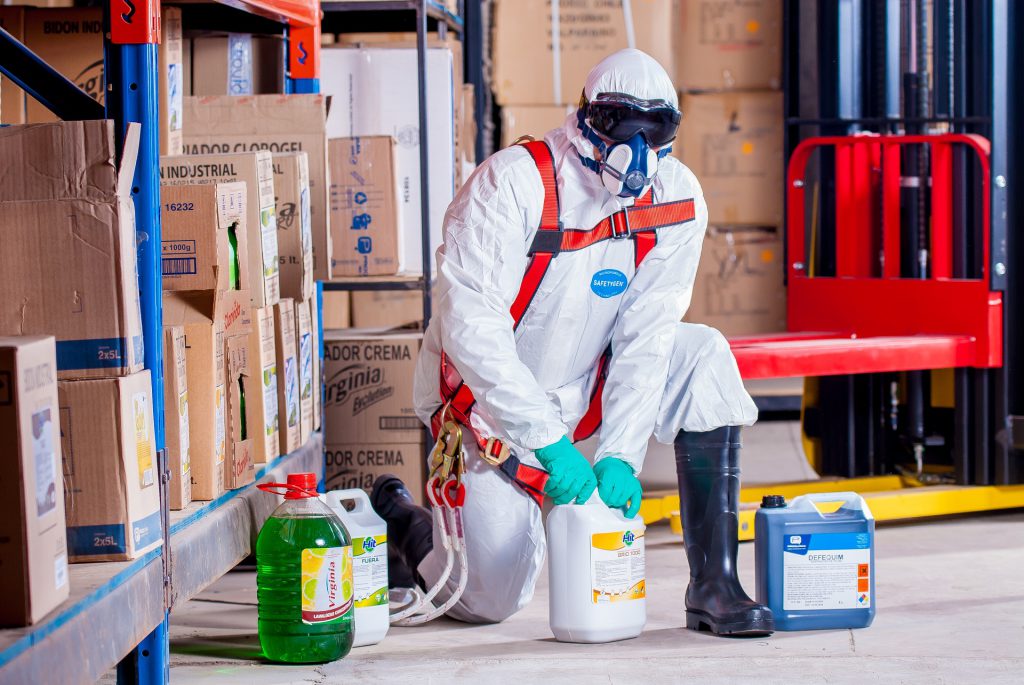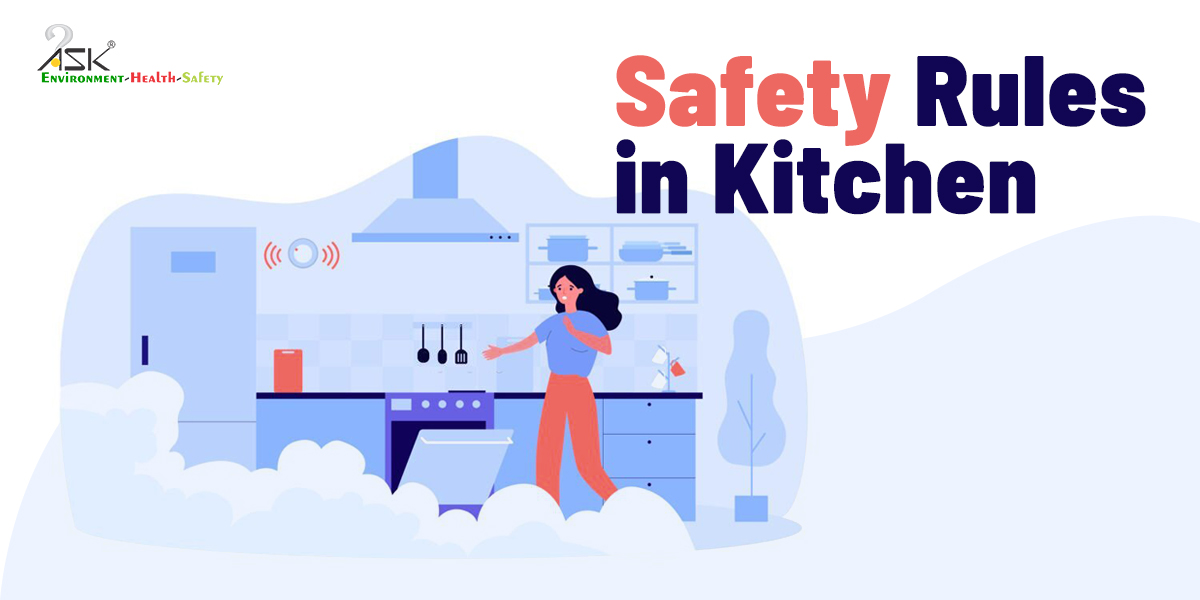High risk activities and accident control measures

Accident control measures; create a Positive Safety attitude, save the life
International Labour Office statistics says that 120 million occupational accidents occur annually at workplaces worldwide. Out Of these accidents, 210,000 are deadly. Every single day, more than 500 workers do not arrive home due to the accidents at work.
These are remarkable numbers that draw fairly little public attention.
Taking into account the fact that accidents take a considerable economic toll on nations, companies and individuals, accidents do not get much publicity. Accident prevention has been traditionally based on learning from accidents and near-accidents (near misses).

On a daily basis, we come across many kinds of accidents in our industrial world. Our understanding of accident prevention and safety is on a far higher level than ever before.
The majority of industrial disasters have caused fires, explosions and toxic emissions and their damage to the people and the environment were enormous. Few of those occupational health hazards and their effects have been identified; their damage potential and remedial measures have not been still quantified. Yet, another year passes by – the world’s worst-ever chemical disaster, which occurred in Bhopal, is remembered as a lesson, annually.
After the leak of methyl isocyanate (MIC) on December 2-3, 1984, from a Union Carbide factory that killed a total of 16,000 people and injured half a million, Bhopal has become a synonymous symbol with an absence of industrial safety measures.
As a result of Bhopal Gas Tragedy, the nodal ministries of various countries were pushed to initiate massive measures to ensure safety. The Bhopal disaster in India triggered outrage over the whole world and inspired to learn lessons on industrial safety.

Various acts and rules were passed after the Bhopal disaster in all the countries. The major rules which were passed in India after the Bhopal disaster to ensure safety and to control disasters were –
- Bhopal Gas Leak Disaster Act (1985)
- The Environment (Protection) Act (1986) and others
Fortunately, there are many people and organizations like ASK-EHS working with a sense of purpose, often behind the scenes, towards understanding and managing safety and accident prevention better – their efforts are not wasted.
One can consider the below description and content as a guide to calculate the magnitude of the accident problems – with some of the examples.

5 best risk assessment control measures
- Elimination
Elimination is the most effective control of risk. It should always be the first control measure you consider. One can remove risks entirely from these activities. In short, physical removal of hazards can be considered as Elimination.
The same can be shortly elaborated from the examples given below –
- Use extendable tools to eliminate work at height
- Materials delivered cut to size to remove the use of blades
- Cordless equipment to get rid of trailing cables
- Substitution
Substitution is the second-best control measure you can use. Maybe the risk cannot be removed entirely (as is often the case), but could it be reduced by replacing the material, substance or process with something less dangerous. Replacing the hazards means substitution.
Examples of substitution –
- Replacing ladders with tower scaffolds
- Substituting a hazardous chemical with a safer alternative
- Changing high-level vibrating equipment with newer equipment, along with less vibration exposure
- Engineering controls
The third option on our list is the engineering controls – usually fixed temporary or permanent controls. Engineering controls can be collective (protecting all workers e.g. edge protection for work at height) or individual (protecting a single user e.g. anchor points for connecting via lanyard).
Examples of engineering controls:
- Extraction machines that remove hazardous dust or fumes from the air
- Enclosing dangerous items of machinery or moving parts
- Installing guard rails to fall hazards
- Administrative controls
While this type of control is lower down in priority, it will often be an essential part of your control measures.
Examples of administrative controls –
- Limiting the use of vibrating equipment below exposure action values
- Banning work at height and lifting operations in bad weather
- Enforcing a one-way traffic system on site
- Personal protective clothing and equipment
PPE is the last line of defense against a hazard, so while it shouldn’t be your first choice when controlling risks, it can give the wearer an added protection for any remaining level of risk, or if other controls fail.
Examples of PPE include –
- Use of ear defenders when using noisy equipment
- Harnesses and lanyards where you can’t eliminate the risk of falls completely
- Hard hats where there may be falls of tools or materials overhead
One needs to note that as we go down the list of options, the controls become less reliable, more costly and require more work to ensure that they are appropriately maintained. In most situations, the actual method for controlling a risk is a combination of options in the hierarchy.
Training of workers should be associated with all steps and becomes fundamental to prevention and control.
If a potential emergency scenario is identified as a part of risk assessment, then appropriate drills and exercises are likely to be a part of the training and familiarization of workers to deal with any such situation arising.


